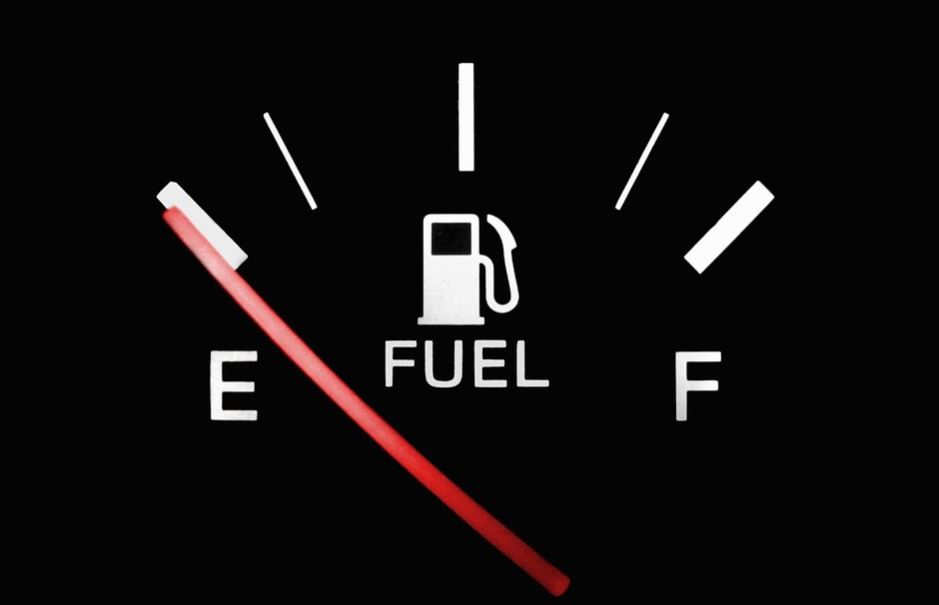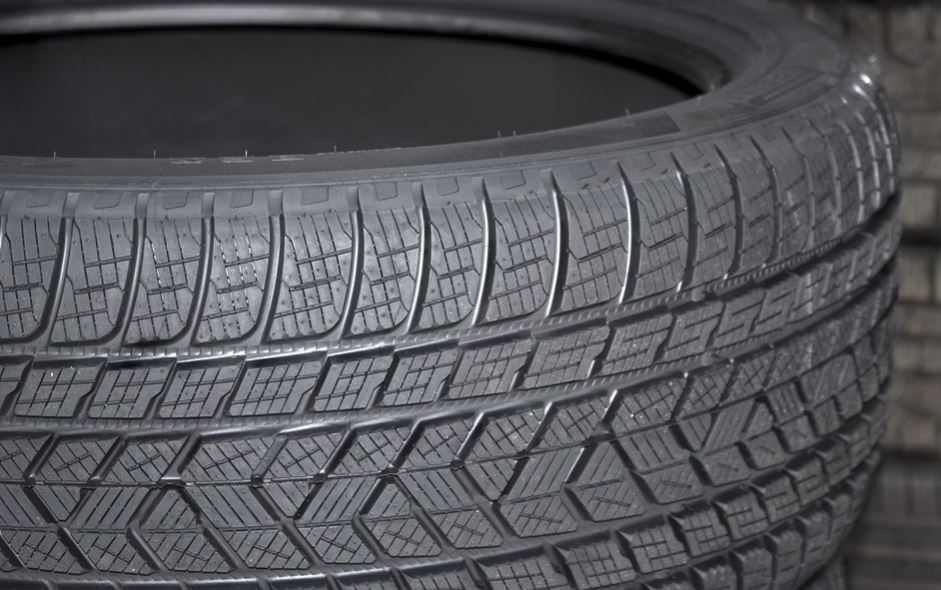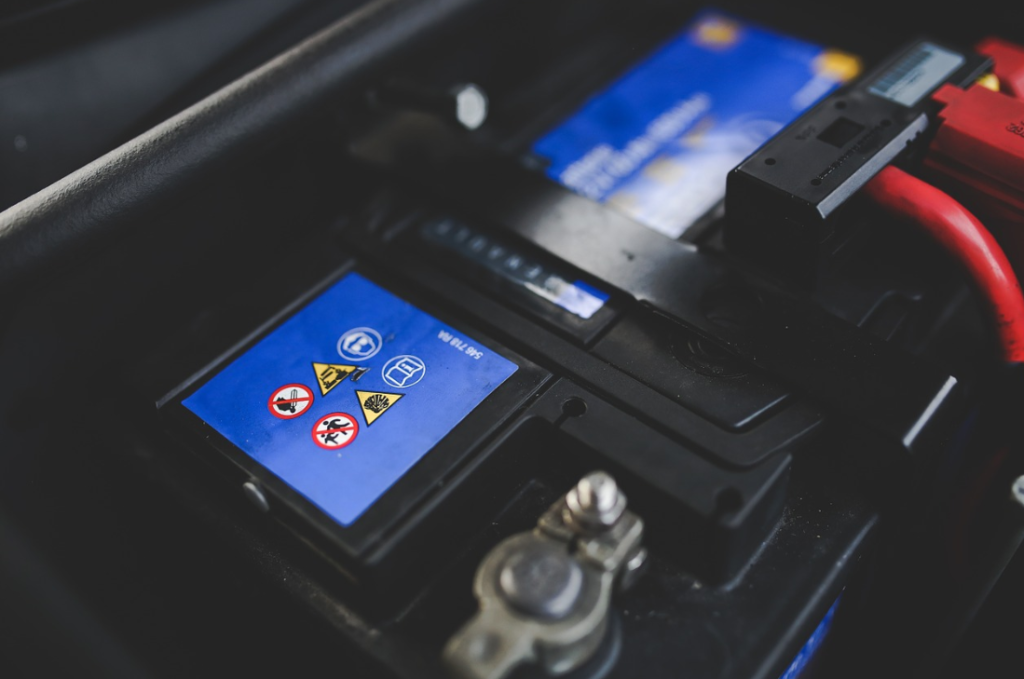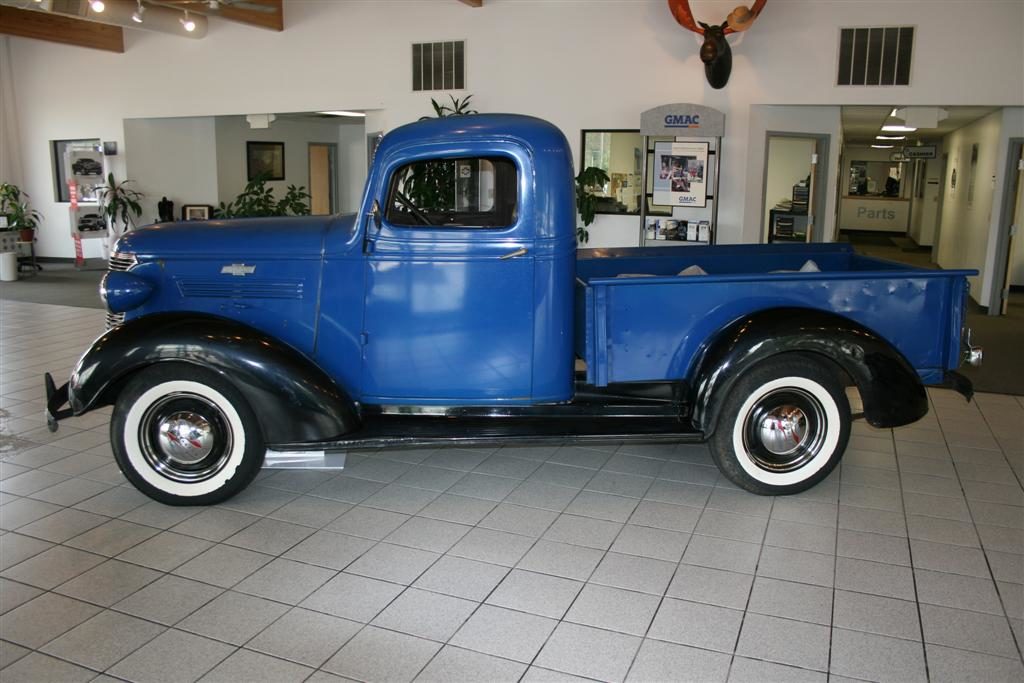
On the off chance that you’ve been limping along for a considerable length of time with a broken or damaged driveway, blacktop might be the material you require for an adaptable, practical—and snappy—new surface. Just note that this isn’t equivalent to asphalt sealant, which is a covering used to revive existing blacktop. Blacktop is one of the most well-known driving surface materials, alongside cement, and it offers sensible solidness at a widely appealing cost.
What Is Asphalt Paving?
Asphalt driveway material is similar to what you see road crews laying on roads. Also called hot mix or hot mix asphalt, it is an aggregate of stone and sand, along with a slurry of asphalt, a tar-like material made from petroleum. The asphalt is heated to over 300 F to liquefy it. Asphalt contractors have to work with it fast before the mix solidifies.
Asphalt driveway material is a lot like what you see construction crews laying on streets and paths. Also known as hot mix, it is comprised of stone and sand, and asphalt, a tar-like material produced using oil. The blacktop is warmed to more than 300 degrees to make it into a liquid-type substance. Blacktop contractors workers need to work with it quick before the blend sets.
Hot mix isn’t sealant. Sealing delivers surface coatings for fixing or reestablishing worn asphalt surfaces. Some blacktop repair materials are like hot mix, yet are not warmed before application and cure differently. While property owners can fix or reseal a blacktop lot, putting in a new surface requires the assistance of an asphalt paving service in Beaumont.
Blacktop versus concrete
There are many factors that make blacktop a top choice for a new driveway surface. They include:
• Flexibility: Blacktop is more adaptable than cement and subsequently is less inclined to breaking.
• Affordable: Blacktop is usually less expensive than concrete.
• Better in winter conditions: Asphalt is less inclined to be harmed by rock salt and sand.
• Sets fast: Blacktop sets quicker than concrete since it solidifies by cooling as opposed to curing.
• DIY repairs: When you need to restore your blacktop, you can do it without anyone else’s help with asphalt sealant. Concrete can’t be fixed with professional assistance.
On the other hand, blacktop has a few downsides when one compares it to concrete. Consider:
• Less real estate value: Buyers in the housing market commonly perceive concrete as having higher value.
• Coarse edges: Unless you use solid concrete to hold in the asphalt as it cools, the edges of a blacktop surface will not be exactly perfect.
• Plants and weeds: While not a typical event, plants, grass and weeds can sprout directly through the asphalt or through cracks in the surface.
Asphalt base options
An asphalt driveway is only as good as its base. Asphalt installed on an unstable base can develop problems quickly. There are three main options for base installation:
The key to a good blacktop driveway is its base. Asphalt laid on a flimsy foundation can create issues. There are three primary choices for driveway bases. They are:
1. Install pavement on top of an existing driveway: If your current driveway is in acceptable condition and isn’t seriously split or disintegrating, hot mix blacktop can be laid on top. Consider height as it pertains to your garage floor and other structures that may be effected by the surface’s higher level.
2. Remove existing surface to pave on soil: The current driveway is totally upended (or you may not have a driveway to begin with) and 4 to 6 inches of hot mix is coated directly on the earth.
3. Remove old surface and install a new bases: This is the favored technique. A total stone base in part replaces a portion of the hot mix blacktop. Normally 6 to 8 inches of this base is used under three inches of blacktop.
Installing blacktop
When the base is finished, a normal driveway may look like a completed projected in as little as 45 minutes. Be that as it may, additional time will be expected to make the blacktop is cured and compacted. After this, the blacktop needs to solidify. Under most conditions, you will have the option to drive on the surface inside a few days, yet it can take 30 days or more for blacktop to completely fix. During that time, you can utilize the driveway, yet you ought to be mindful so as to abstain from scraping the surface with vehicle tires (by turning too forcefully) and other actions that may cause it harm.
Best time for installation
Hot mix asphalt paving is dependent on warmer temperatures for workable conditions. This means that spring and summer are the best seasons for installing an asphalt driveway.
Blacktop paving is reliant on hotter temperatures for serviceable conditions. This implies spring and summer are the best seasons for introducing an asphalt surface.
The colder the air temperature, the less time blacktop paving crews have to work. These workers need time to smooth the blacktop. On the off chance that they need more time, your driveway might be rough and lopsided. While it typically depends upon where you live, winter is definitely not an ideal time to introduce asphalt.
The thickness of the pavement is another factor. The more blacktop you are managing, the more breathing space required. For example, at 40 degree F, workers have just 15 minutes to work with 1/2-inch thick blacktop. As the depth of the blacktop increases, the more time workers are afforded.
You will want to wait until temperatures are 70 degrees F or higher. Any lower than that, you should talk with your contractor.






